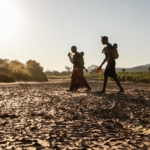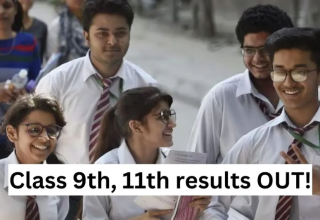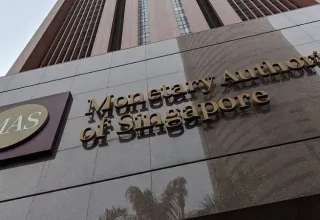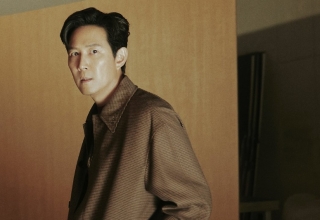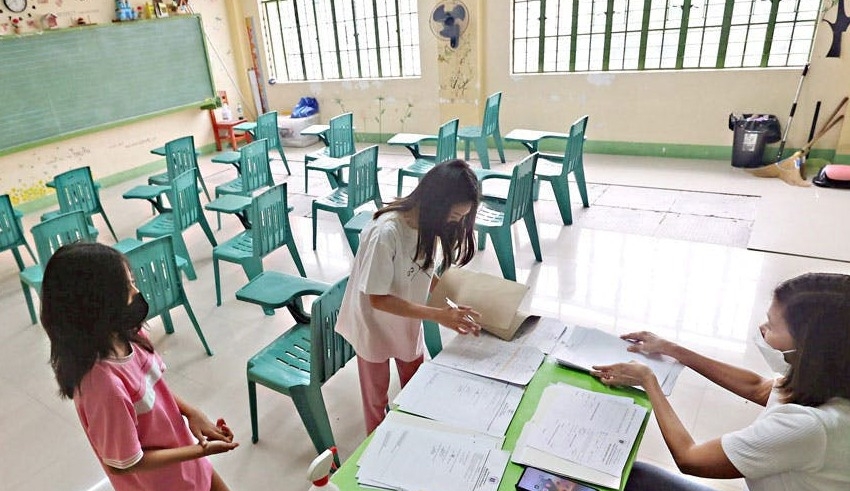
Students and instructors in the Philippines are demanding for shorter courses as the summer heat gets more intolerable each year. The country’s severe temperatures have made it difficult for children to focus and instructors to deliver their lectures efficiently.
Despite the fact that the Department of Education recommends a maximum temperature of 32 degrees Celsius in classrooms, many schools still lack adequate ventilation and air conditioning. As a consequence, temperatures often surpass the permissible level, resulting in heat exhaustion and other health problems.
Several kids have spoken up about their challenges with the excessive heat, such as trouble breathing and feeling tired throughout the day. Teachers have reported feeling ill as a result of the high temperatures in their classrooms.
Keep Reading
As proposals for shorter courses gain traction, others have proposed alternate solutions such as changing the school calendar to begin and finish lessons earlier in the day, or investing in improved classroom ventilation and cooling systems.
The problem of excessive heat in classrooms emphasizes the necessity for investment in education infrastructure and resources, as well as the need of putting students’ and instructors’ well-being first in the pursuit of academic achievement.
As summer approaches, lawmakers and education leaders must act to address the concerns expressed by kids and teachers. We can establish a more conducive learning environment and guarantee that students get the knowledge they deserve by addressing their health and comfort in the classroom.


